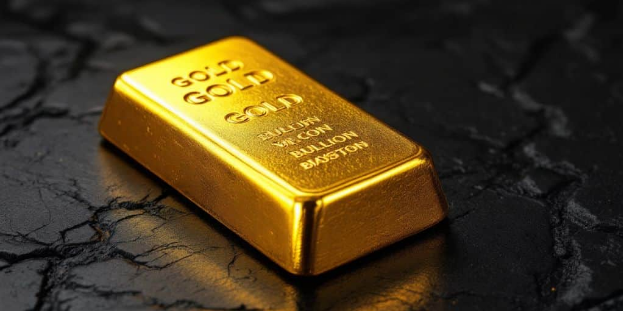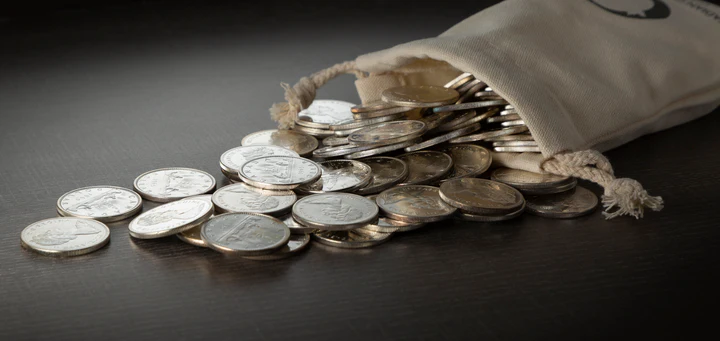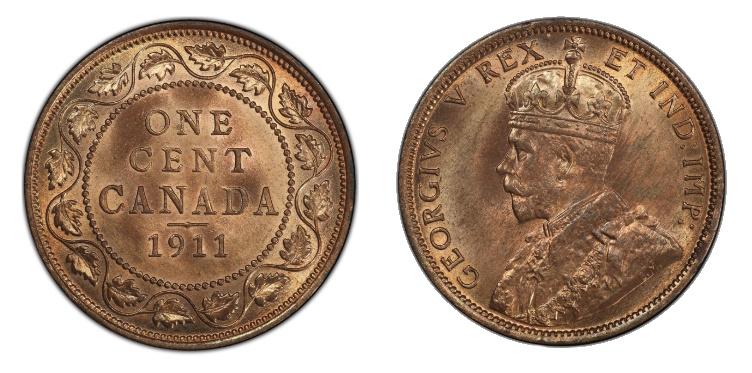At Canada Gold, we’ve created this blog series to guide you through the basics of buying and selling gold with confidence.
Gold prices are influenced by a number of key factors including supply and demand, global economic conditions, central bank activity and more. Understanding how these factors work together can help you make more knowledgeable decisions when buying or selling gold.
Let’s take a closer look at how the price of gold is set:
SPOT PRICE
The spot price is the current market price for gold based on immediate delivery. It changes constantly throughout the day, reflecting trading activity in global financial markets. Cities like London, New York, Zurich and Hong Kong play a major role in shaping this price.
The spot price is a reflection of real-time market sentiment. When a political crisis or financial disruption occurs, demand for gold can rise quickly. This increased demand often pushes the price higher. On the other hand, if gold production increases and supply grows, prices may come down.
FACTORS AFFECTING GOLD PRICES
Several economic and geopolitical forces influence the price of gold. Here are some of the most important ones:
Supply and Demand
Gold prices are closely tied to supply and demand. During times of uncertainty, such as the 2008 financial crisis or the COVID-19 pandemic in 2020, many investors turned to gold for stability. This often led to price increases. For example, in 2008, gold traded below $700 USD per ounce. By 2010, it had risen to over $1,200.
New discoveries or increased mining activity can lead to a surplus on the supply side, which may reduce prices. When gold production slows down, scarcity can drive prices higher.
Central Banks
Central banks hold a key position in shaping the dynamics of the gold market. Many hold large reserves and can impact prices through large-scale buying or selling. During the early 2000s, many central banks were selling more gold than they were buying, which helped keep prices relatively low. In recent years, countries like China and Russia have stepped up their gold purchases, adding strength and stability to the market.
Geopolitical Events
Periods of political tension or uncertainty often lead to higher gold prices. Investors view gold as a safe store of value during volatile times. For example, gold prices rose during the Gulf War in the early 1990s. The Brexit referendum in 2016 brought economic uncertainty across Europe, leading to increased interest in gold as a safe-haven asset.
Inflation and Currency Strength
Gold is widely considered a hedge against inflation. When inflation rises, the value of currency tends to fall, and gold becomes more attractive as a way to preserve wealth. In the late 1970s, inflation in the United States reached double digits. By 1980, gold prices had climbed to $850 USD per ounce.
Currency strength is another important factor. Since gold is priced in U.S. dollars, a weaker dollar often makes gold cheaper for foreign buyers. This tends to increase demand. A stronger U.S. dollar can have the opposite effect and may put downward pressure on prices.
Interest Rates
Interest rates and gold often move in opposite directions. Low interest rates lead to gold becoming more appealing as it does not generate interest or dividends which ends up reducing the opportunity cost for holding on to gold and drives up the price. In the years following the 2008 financial crisis, central banks lowered rates significantly. Gold prices rose and eventually passed $1,900 per ounce in 2011.
When interest rates go up, investors may move toward bonds or other interest-bearing assets. This can reduce demand for gold and lead to lower prices.
U.S. Dollar Value
Because gold is priced in U.S. dollars globally, changes in the dollar’s value have a direct effect on gold. A weaker dollar makes gold more affordable for buyers in other currencies. This can raise demand and lead to price increases. For example, gold rose steadily during the early 2000s, a time when the U.S. dollar was declining. Between 2013 and 2015, the dollar gained strength. As a result, gold prices fell from around $1,800 to about $1,100 per ounce.
Gold Futures
Gold futures contracts allow traders to buy or sell gold at a set price for delivery at a future date. These contracts are widely used by investors to speculate on future price movements. Futures trading can influence the spot price. When futures prices trend upward, they often pull the spot price along with them.
Gold futures reached record highs in late 2020 as markets reacted to uncertainty surrounding the pandemic.
The London Bullion Market Association (LBMA)
The LBMA sets a benchmark gold price twice daily, known as the London Gold Fixing. This rate is widely used by refiners, central banks, and large institutions to settle trades. While it plays an important role in the global market, it is more relevant for institutional transactions than for everyday buyers and sellers.
Premiums and Dealer Markup
When buying physical gold such as bars or coins, the final price is usually higher than the spot price. This is due to premiums, which cover costs like minting, refining, shipping and dealer margins. Some products may also carry a premium due to collectibility or rarity. For example, special edition coins or historical pieces may sell for much more than the metal’s base value.
Gold ETFs
Gold exchange-traded funds (ETFs) offer exposure to gold prices without the need to store or insure physical metal. These funds are typically priced in line with the spot market. For many investors, ETFs are a cost-effective way to participate in the gold market.
Gold as an Investment
For everyday buyers, the price you pay depends on the type of gold you purchase, such as bullion, coins or jewellery, along with any premiums added. Tracking the spot price and understanding how different products are priced help assess value more accurately.
The gold market runs around the clock with prices shifting throughout the day in response to global events, investor activity and market conditions. Keeping up with these changes can help you make smarter choices when it comes to buying or selling.
Knowing how gold prices are set gives you more confidence when navigating the market. By understanding factors like global demand, central bank behaviour and geopolitical events, you’ll be better prepared to track trends and evaluate your investments. Whether you hold physical gold or invest through gold-backed products, staying informed is one of the most valuable tools available.
Keep following our blog for more helpful posts in the Gold 101 series.
If you are curious about how gold pricing affects your items, our team at Canada Gold is happy to help. We offer transparent, no-pressure evaluations and expert advice on your buying or selling options.



